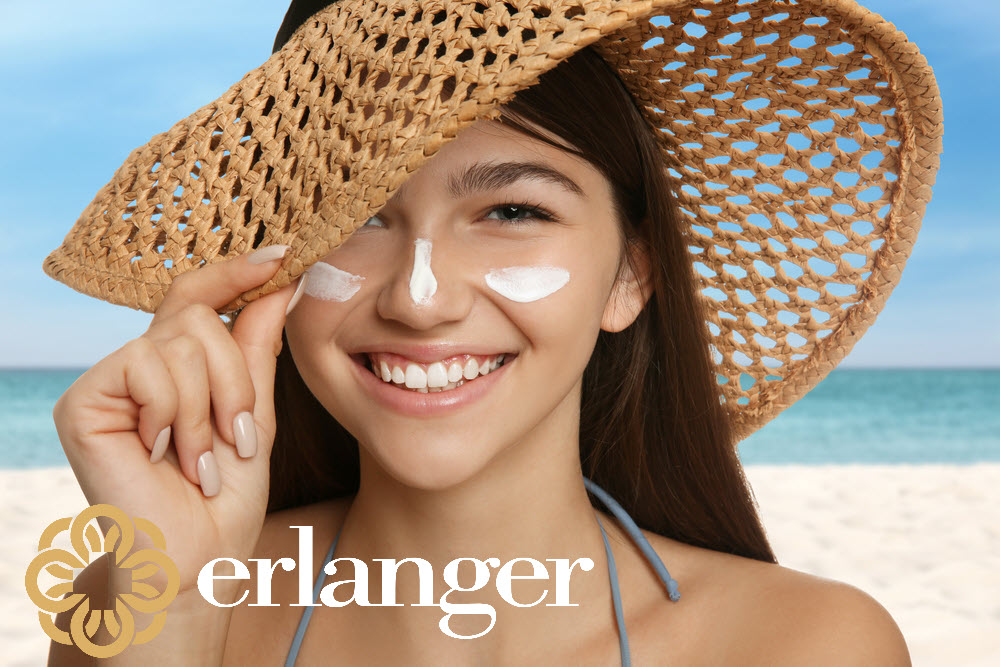Sunscreen isn’t just a summer staple; it’s a crucial part of your daily skincare routine, especially during teenage years when your skin is particularly vulnerable. Understanding the importance of sunscreen for teens and what products to look for can protect you from immediate sunburn and prevent long-term damage, including premature aging and skin cancer.
Why Sunscreen Matters for Teens
The risk doesn’t end at sunburn; prolonged exposure to the sun without adequate protection significantly increases the risk of developing melanoma and other skin cancers later in life. UV radiation can exacerbate skin issues many teens face, such as acne and hyperpigmentation.
UVA, UVB, and Broad-Spectrum Protection
When choosing a sunscreen, look for products that offer broad-spectrum protection. This means they can shield your skin from both UVA and UVB rays. UVA rays penetrate deep into the skin and are primarily responsible for aging and long-term damage, while UVB rays cause sunburn. Protecting against both types of radiation is crucial for maintaining healthy skin.
SPF: What Number is Enough?
SPF, or Sun Protection Factor, measures how well a sunscreen can protect skin from UVB rays. For daily use, dermatologists recommend sunscreen with at least SPF 30, which blocks about 97% of UVB rays. If you plan to spend a whole day outdoors, especially between 10 AM and 4 PM when the sun is strongest, SPF 50 or higher is advisable.
Ingredients to Look For
Zinc Oxide and Titanium Dioxide are mineral (physical) sunscreens, which are great for sensitive skin as they physically block UV rays by sitting on top of the skin rather than being absorbed.
Teens should avoid ingredients like oxybenzone and octinoxate, which can cause skin allergies and have raised concerns about environmental impact, particularly on coral reefs.
Application Tips
– Apply Early and Often: Sunscreen should be applied 10 minutes before going outdoors to ensure it has been absorbed properly. Reapply every two hours or immediately after swimming, sweating, or towel drying.
– Don’t Miss Hidden Spots: Commonly missed areas include the ears, back of the neck, and tops of feet. Use a lip balm with SPF protection to guard against chapped and sunburnt lips.
Beyond the Bottle
While sunscreen is vital, it’s just part of the sun safety equation. Wearing protective clothing, such as wide-brimmed hats and long-sleeved shirts, and seeking shade during peak sun hours can dramatically reduce exposure to harmful rays.
Product Recommendations
Teens should look for sunscreens marketed as non-comedogenic (won’t clog pores) and non-greasy. Some popular dermatologist-recommended brands include eltaMD UV Clear Broad-Spectrum SPF 46, Neutrogena Clear Face Sunscreen, La Roche-Posay Anthelios, and CeraVe Hydrating Mineral Sunscreen.
Sunscreen is your first defense against the potential dangers of sun exposure. By making it a part of your daily routine, you’re protecting your skin today and ensuring healthier skin for the future.







